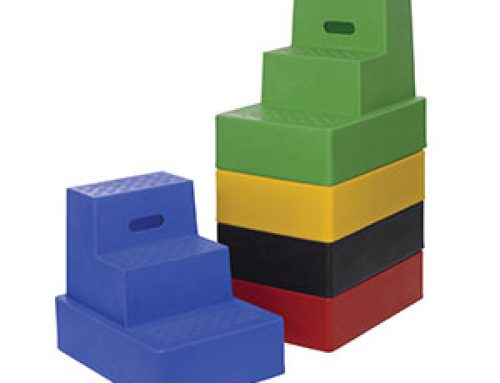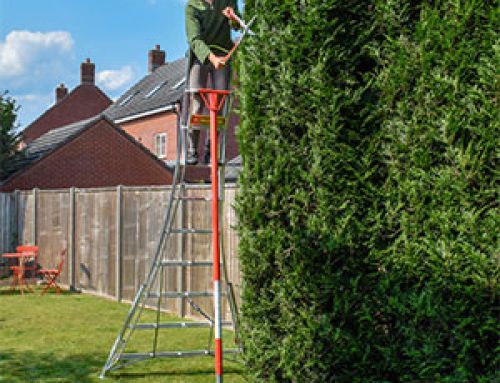Nowadays most fire departments across the world use aluminium for their ladders, both freestanding and vehicle-mounted types. It makes sense: aluminium is cheap, pretty durable, won’t catch fire and has a fairly high melting point, making it the go-to material for firefighting ladders. Why, then, does the San Francisco Fire Department insist on using wood, a flammable material?
freestanding and vehicle-mounted types. It makes sense: aluminium is cheap, pretty durable, won’t catch fire and has a fairly high melting point, making it the go-to material for firefighting ladders. Why, then, does the San Francisco Fire Department insist on using wood, a flammable material?
The SFFD make their own ladders in their repair workshop, where they also recondition and refurbish wooden ladders dating back around 100 years, so these ladders are certainly durable. The main reason they use wood is the durability of the material compared to aluminium. While the soft metal is susceptible to stress damage and heat, wooden ladders can withstand repeated stresses without becoming damaged, so while the metal ladders are often out of service after eight years, the wooden ladders can last indefinitely, as long as they don’t catch fire too badly. Often, fire damaged wooden ladders can be sanded, re-finished and put back into service in a way that metal ones could not.
The other major reason for sticking with wood is the network of overhead cables in San Francisco, which power the city’s public transport and trolleybus systems. If a metal ladder was to touch one of these cables it would electrocute anyone touching it, therefore it is far safer to only use wooden ladders to remove the risk of electrocution.
 The man in charge of the repair workshop and ladder building centre is Mike Braun, who has managed it for sixteen years. He is very passionate about using wood for the ladders, working with a sustainable ethos and making sure all the different types of ladders they produce can be broken down and turned into another ladder, should the original design be taken out of commission. The team even uses rungs and parts from ladders that have been removed from service when they are building new models, wasting hardly anything.
The man in charge of the repair workshop and ladder building centre is Mike Braun, who has managed it for sixteen years. He is very passionate about using wood for the ladders, working with a sustainable ethos and making sure all the different types of ladders they produce can be broken down and turned into another ladder, should the original design be taken out of commission. The team even uses rungs and parts from ladders that have been removed from service when they are building new models, wasting hardly anything.
Why Wooden Ladders Make Sense
You may be thinking that wood is fairly susceptible to burning and therefore not well suited to be used in fires. While it’s true that prolonged exposure to fire does damage the wooden ladders, the same exposure on an aluminium ladder would cause a similar level of damage. Braun recalls one ladder that was badly fire-damaged, “We had one ladder here that was fully involved in a fire for 25 minutes, and the whole tip of it… was crispy. It looked like a log you pull out of a campfire… That can’t go back in services, but we were curious, so we put a new halyard on it for a load test. Even in that condition, it passed.â€
The reason these wooden ladders are resilient to flames is the quality of the wood. The trees are grown on the eastern side of a mountain, where the reduced amount of sunlight causes the trees to grow more slowly than on the western side. This slow growth causes denser wood, and there must be no less than nine rings of growth per inch in order for the density to be suitable for these ladders. The wood then needs to be aged and acclimated to the atmosphere in San Francisco, so some of the wood waiting to be turned into ladders has been ageing for up to fifty years. The dense, straight wood along with the precision engineering and quality of the workmanship on these ladders lets them withstand the extreme temperatures and loading that is required of a fire department ladder.
Because of the overhead electrical cables, the SFFD will be using wooden ladders permanently, although many other fire departments across the world wish they could go back to using wooden ladders as they are safer and more durable than aluminium, even though wood burns.






Leave A Comment
You must be logged in to post a comment.